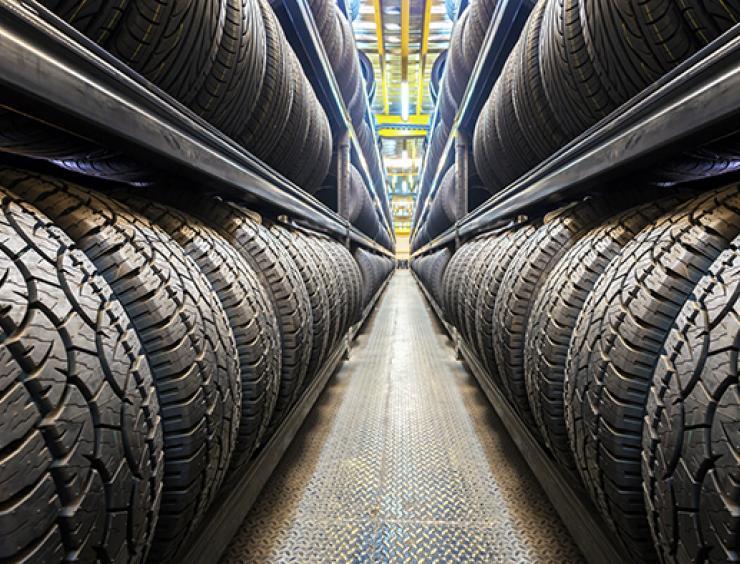
1. How to choose a tyre
The choice of the right tyre depends on the type of vehicle, driving style, place and weather.
The First Stop network provides all the details, but it is advisable to bear in mind the following recommendations before changing tyres:
Mileage, Road Surfaces, Driving Style, Vehicle, Weather Conditions of the country you are driving in.
Other areas to consider are:
Fuel Efficiency, Wet Grip, Tyre External Rolling Noise of the tyre.
All of the above are areas to consider when choosing the best tyre for your vehicle.
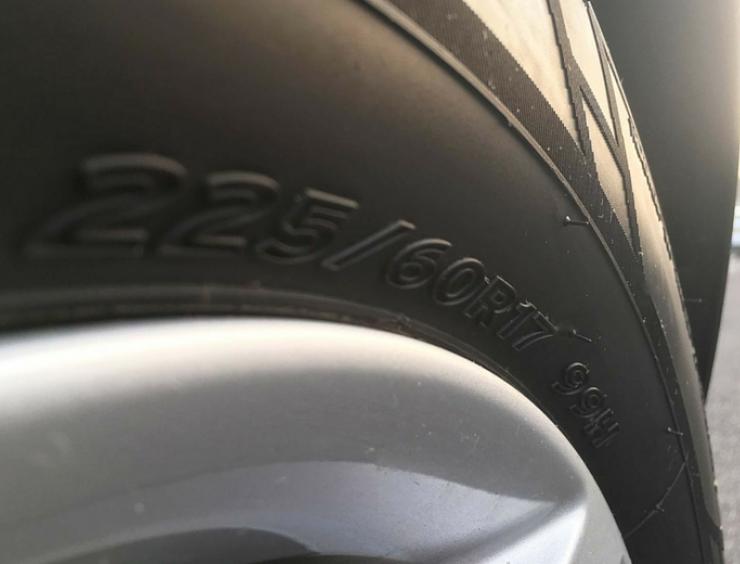
2. How to read your tyre
To find the tyre size on your vehicle you can find this on the sidewall of your tyres. As you can see from the picture it is made up of numbers and letters which are as follows:
Width of the tyre
Height of the sidewall of the tyre as a percentage of the tyre width
R = Radius
Rim / Wheel Diameter size
There are two additional codes which are:
Speed Capacity
Load Carrying Capacity
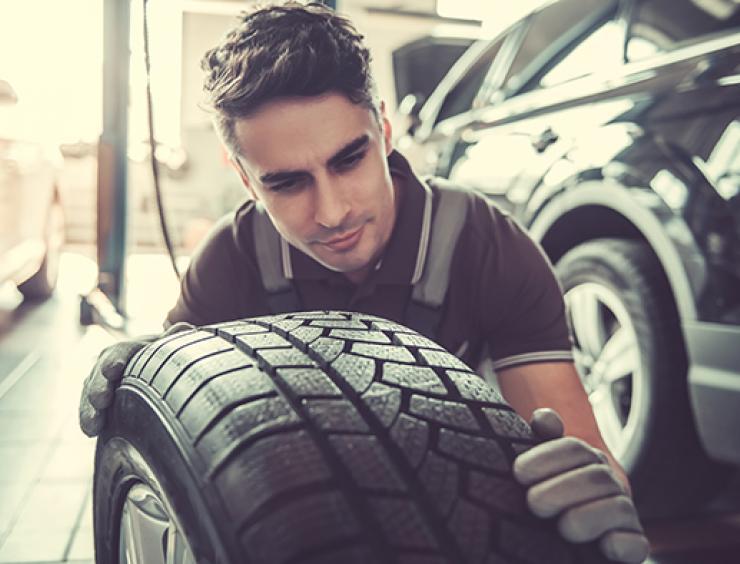
3. Why are tyres important?
Tyres are extremely important, since they are the only point of contact between the vehicle and the road. The contact surface between a tyre and the road is an area about the size of a 'postcard'. Therefore it is very important your tyres are always in a good condition. You can find the assessment you need at any First Stop centre from the best tyre specialists, in order to check your tyres. The tyres are the most important part of your vehicle when you are driving as they make yours and your passengers car ride comfortable and when required help you need to brake. This is especially important in Emergency situations to try and avoid hitting the vehicle in front of you.

4. When to change tyres
Four small strips of rubber, each the size of a postcard, is all that lies between you and potentially life-threatening situations on the road. The law requires car tyres to have a minimum tread depth of 1.6mm in a continuous band around the central three quarters of the tyre. To help you judge how much tread you have on your car tyres, manufacturers often mould tread bars at roughly 1.6mm.
Many manufacturers now include a Tread Wear Indicator (TWI) within the grooves of the tyre tread which become more visible as the tyre wears down. If you can see these bars your tyres are about to become illegal and unsafe. However, for optimum safety, most manufacturers recommend that your tyres are changed at 3mm which means your tyres are 78% worn.
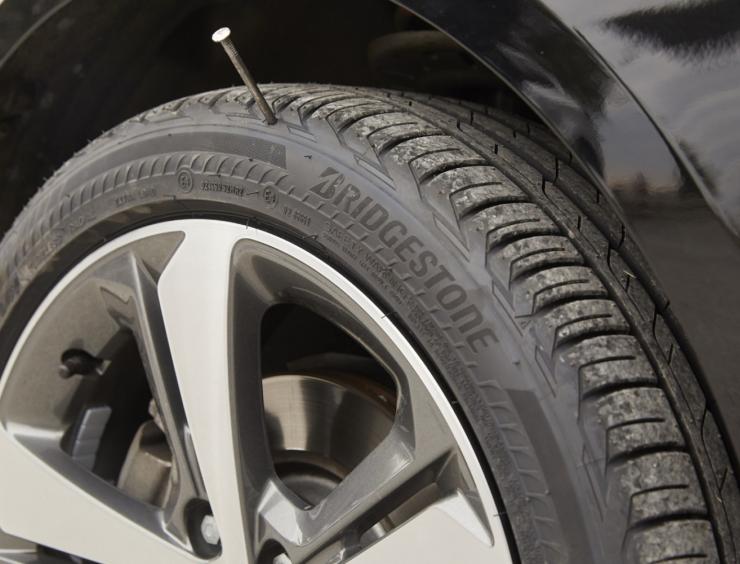
5. Run Flat Tyres
Punctures often happen at the most unexpected times, and in the most awkward places, but with Run Flat tyres, you can get home safely, with no need to get out of the car on the hard shoulder, at risk to yourself. This is if your car is supplied with Run Flat Tyres or has the Wheel Rims to allow Run Flat Tyres to be fitted.

6. Tyre pressure
Having the correct tyre pressure in your tyres means that tyres will wear properly, help your driving experience to be more comfortable and safe. Every year in Europe 55.6 million tyres are lost through being incorrectly inflated.
By not operating your tyres at the recommended tyre pressure as advised by your car manufacturer you will mean that:
Your tyres will wear out quicker
Fuel consumption increase by 0.3% for every 1 psi drop in pressure.
A potential tyre 'blowout' due to over heating
Affect your cars braking ability
Increased Risk to your Safety
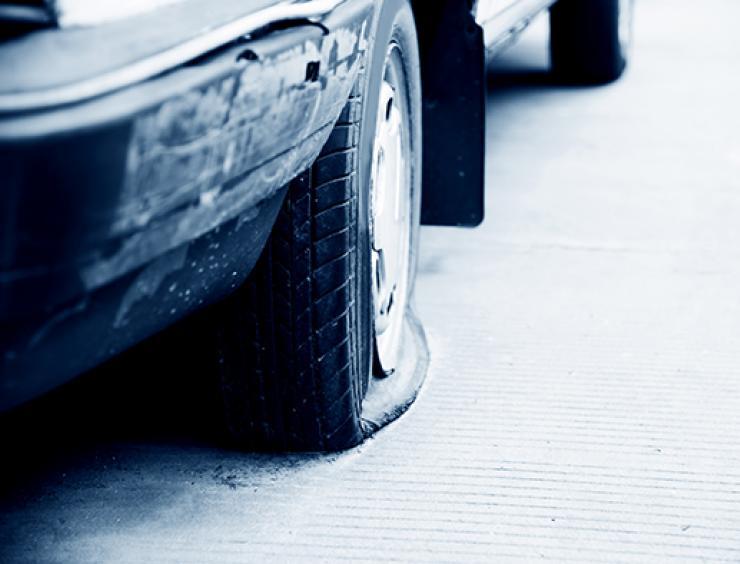
7. Punctures
A tyre puncture, better known as a flat tyre, is a condition in when a tyre deflates causing the wheel's rim to ride on the ground or on the tread of the tyre.
Main causes of a puncture are:
A sharp object penetrating the tyre.
Failure of a tyre's valve stern.
Breakage of the link between a tyre and rim owing to a collision with an external object.
Excessively worn out tread that could result in an explosive tyre failure or debris from the road tearing through the tyre.
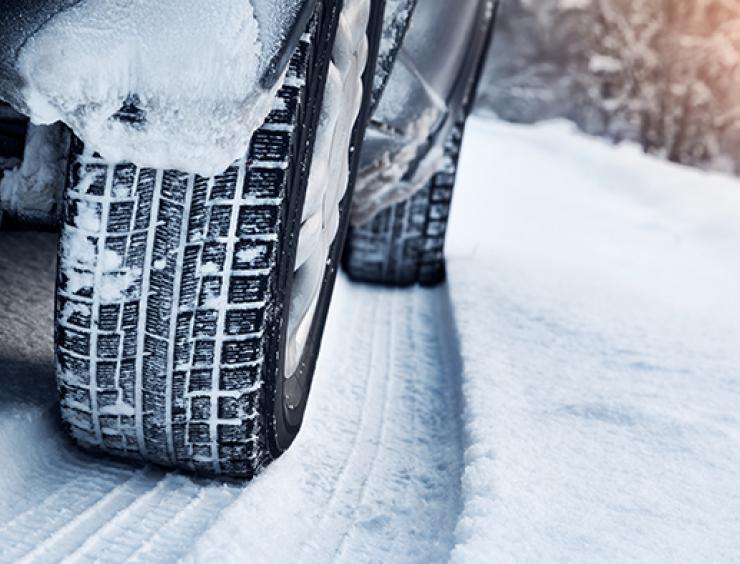
8. Tyres to suit the weather season
At all First Stop's we offer tyres to suit the season during the year with:
Summer Tyres - recommended for your car for driving from March to October
Winter Tyres - recommended for your car during the months of November to February
All weather Tyres - recommended for all year and can operate in all weather conditions.
It is important to remember that your tyres are the only point of contact between the vehicle and the road. This is why it is vital to bear in mind the seasonal and weather conditions, to take the right decision about what tyres to buy.
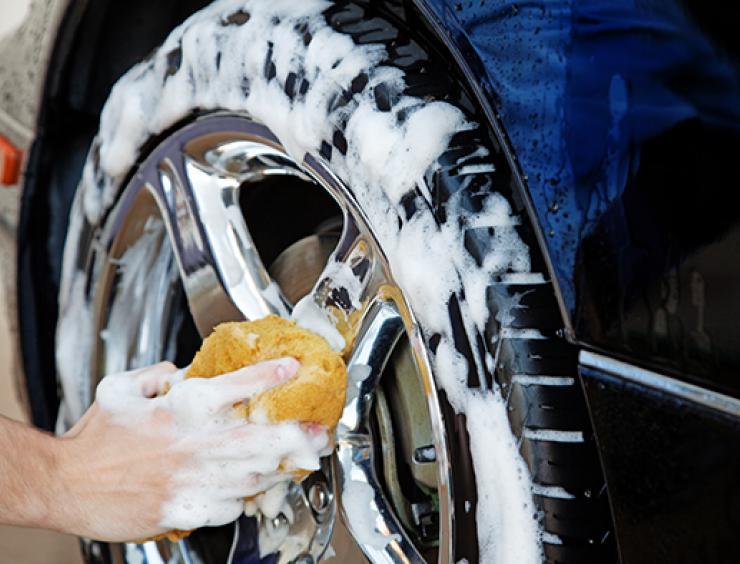
9. Tyre maintenance
Tyres are essential part of your vehicle to ensure safety of the road when you are travelling. All tyres age and wear out,
Proper maintenance will help extend their life but ultimately the tyre life depends of the driving style and roads driven on.
We at First Stop recommend the following tips in order to carry out maintenance of your tyres on a monthly basis:
Check the 'Tread Depth's' of all tyres including the 'spare' tyre.
Check your 'Tyre Pressures' as recommended by your vehicle manufacturer.
Check the tread for damage or wear as poor wheel alignment, prolonged under or over-inflation.
Check for uneven wear, tears, cracks of the tread or bulges to the sidewall.
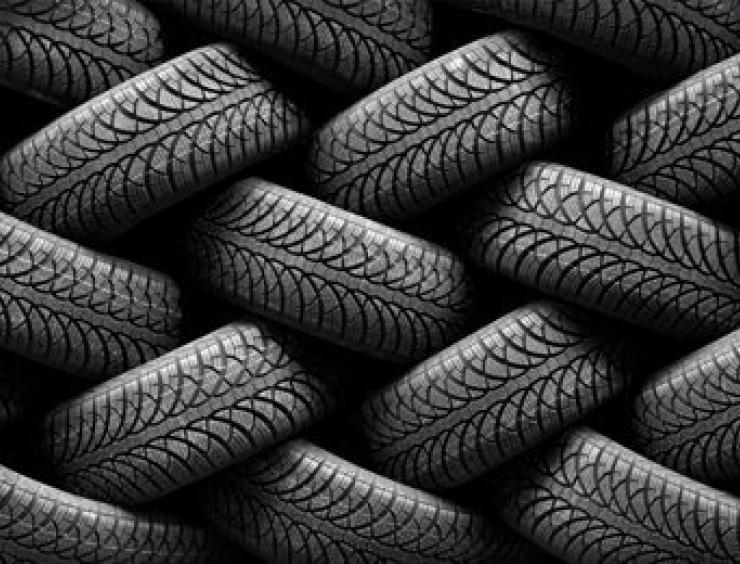
10. Part Worn Tyres - are not recommended by First Stop
FIRST STOP Recommends that you should NOT FIT PART WORN TYRES to your vehicle as they are not cost effective plus there are also potential dangers when buying second hand (part-worn) tyres. Second-hand or part-worn tyres are tyres which have been used on another vehicle and such tyres can pose a serious road safety risk.
Things to consider when thinking of buying Part Worn Tyres:
Second hand tyres – are they as cheap as you think?
Are you getting real value for money?
Have they undergone a ‘condition check’?
Free from defects both internally and externally?
How old is the tyre?
Most manufacturers recommend not fitting a tyre more than 5 years old